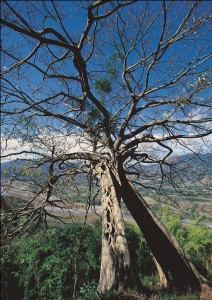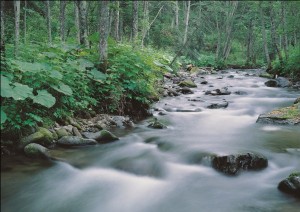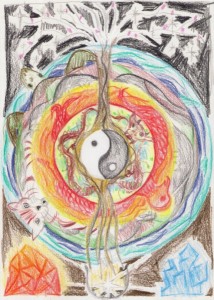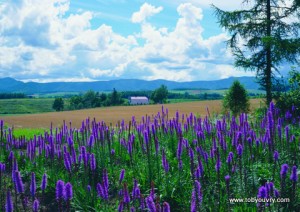Hi Everyone,
This week’s newsletter looks at Zen meditation practice from two lenses, firstly there is the class this coming Wednesday 22nd February entitled “Zen and the Flower of Life” which looks at Zen practice from the perspective of the original teaching of the Buddha from which Zen meditation is said to derive.
Secondly, this week’s meditation article focuses on how we can develop a more complete experience of our own consciousness through a practice that I call “doorway mindfulness”. I hope you enjoy it!
Yours in the spirit of flowers and doorways,
Toby
Upcoming Meditation Classes and Events in February
Wednesday 8th, 15th, 22nd, 29th February 10.30-11.30am – Qi Gong Meditation Classes at Basic Essence

Zen and the Flower of Life: Meditating on the Origins of Zen
With meditation teacher Toby Ouvry
Date and Time: Wednesday 22nd February, 7.30-9.00pm
Venue: Gallery Helios, 38 Petain Road, Singapore 208103 (click HERE for map)
This 90minute meditation class will be taking as its subject the story told in the “Flower Sutra” which is said to be the teaching of the Buddha from which the path of Zen meditation originated. Toby will be teaching a simple but profound method of Zen meditation and contemplation based around the flower sutra teaching.
The class will consist of a 20-30minute walking meditation, followed by a short talk, and then a 30-40minute sitting meditation session.
Course fee: Sing$35, all participants will be provided with a set of class notes and an MP3 recording of the class for their own personal use.
Click HERE to make payment for this class by credit card
To register or for further enquiries: Email info@tobyouvry.com or SMS 65-96750279
About the Teacher: Toby Ouvry is a meditation teacher and artist who has been practicing and teaching for over fifteen years, including five years as a Buddhist Monk. You can find more out about Toby and his work by going to www.tobyouvry.com
Article of the Week:
Doorway Mindfulness as Zen Practice
Zen practice is based around the understanding that although the thought-based, linear or logical mind constitutes only a small part of our total consciousness, we have become completely identified with it up to the point that it dominates our life, feelings and experience almost completely.
Thus, one of the main objectives of Zen practice is to develop our Consciousness-Awareness, our awareness that our consciousness is much more than the particular thoughts arising in our mind at any given moment.
Within Buddhist teachings, ‘consciousness’ is often defined as ‘clarity and awareness’. ‘Clarity’ in this context means having no form (i.e.: physical, emotional or mental form or characteristics). Clarity might also be thought of as light, or a sense of inner space and spaciousness.
‘Awareness’ means having the power to perceive or understand. In order to get in touch with the level of our being that is pure conscious awareness, we need to be able to let go temporarily of our thinking mind, thus allowing the clarity and light of our natural or original consciousness to become manifest.To do this, we need to find ways of regularly bringing our mind back into the present moment, and letting go of our habitual over-attention to the contents of our consciousness. Whenever our mind is fully in the present moment, our thinking mind will necessarily be pacified, as thinking by definition always has a past or future topic as its object of contemplation.
In addition to practicing the formal sitting meditation exercises taught in Zen, it is very important to find ways of bringing our mind back into the present moment during the day. One way in which we can do this is, every time we pass through a door way, to take an easy deep breath, letting go of the mental activity in our consciousness and relaxing into the here and now for a few moments. By doing so, we shall momentarily allow the clarity and light of our consciousness to become manifest, and prevent ourselves from becoming completely pre-occupied with the subjects that our mind is concerned with processing. Using a physical doorway as a prompt for our mindfulness of the present moment is one way that it is useful to prompt our mindfulness, as each day we pass though many doorways!
There are many similar techniques that we can devise for ourselves that can help us to do this. The best method is the one that works most effectively for you!
© Toby Ouvry 2011, you are welcome to use or share this article, but please cite Toby as the source and include reference to his website www.tobyouvry.com



